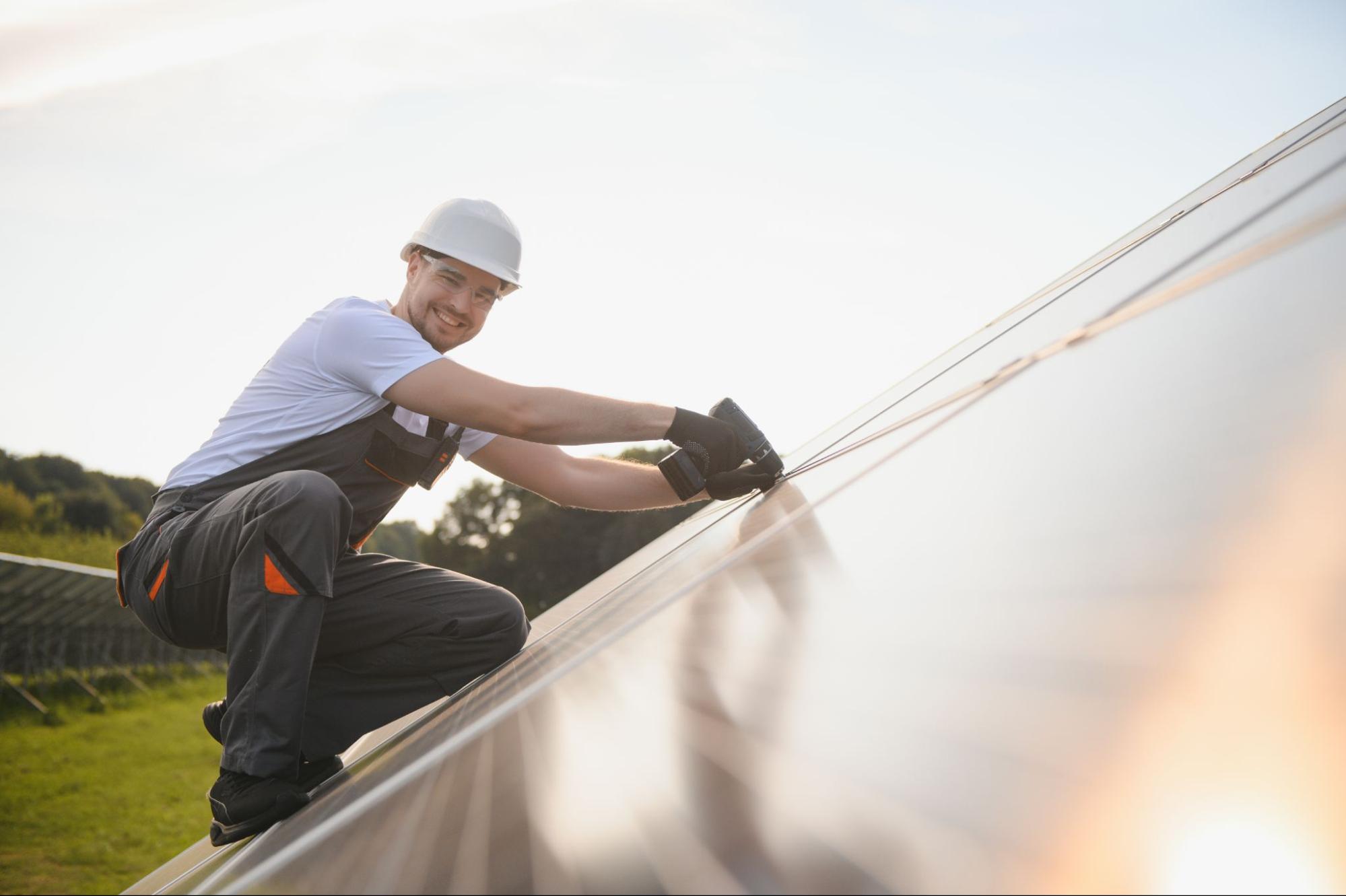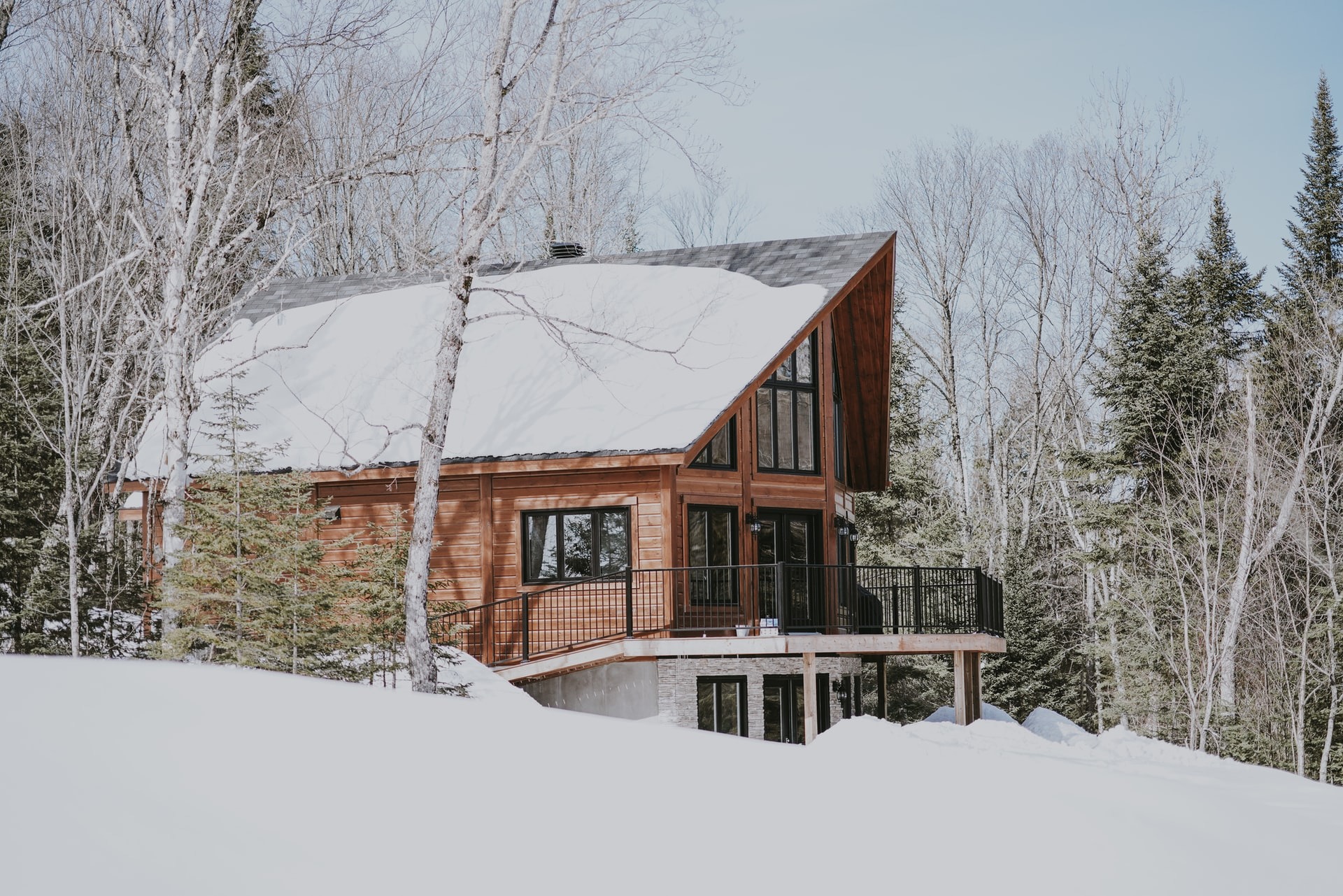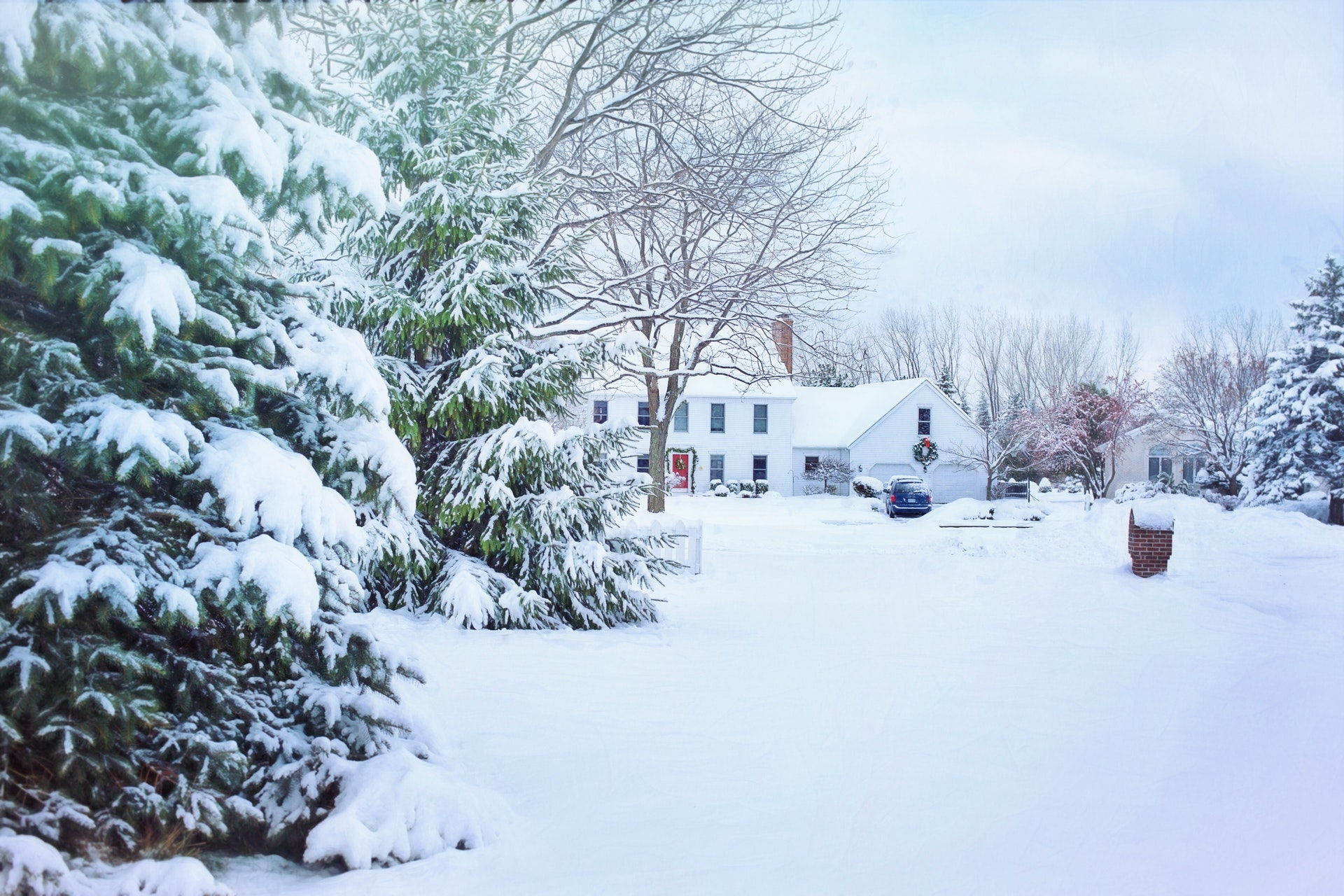Roof heating cables are a proven solution against ice dams and snow accumulation in Quebec. These preventive systems protect your roof, gutters, and structure from costly water leaks. Professional installation guarantees safety, energy efficiency and sustainability during harsh winters.
Why heating cables are essential in Quebec
Quebec winters impose major challenges on building owners. With heavy snowfall and repeated freeze-thaw cycles, roofs are under constant pressure. Ice dams form when snow melts on the warm part of the roof and then freezes when it reaches cold ledges. This ice blocks the normal flow of water, which can seep under the shingles and cause significant structural damage.
According to the Autorité des Marches Financiers, water damage is the number one cause of home insurance claims in Quebec. Water infiltration linked to ice dams is an important part of these disasters during the cold season. A well-designed roof heating cable system creates a controlled melt path, allowing water to flow freely even in sub-zero temperatures.

Why professional expertise makes a difference
Installation requires careful planning and precise technical knowledge. A qualified professional assesses the length of the ledges, the configuration of the gutters, the valley areas, the orientation of the building, and the type of coating. This analysis makes it possible to determine the required power and the optimal layout.
Installation errors can compromise efficiency and create electrical risks. A poorly laid cable can overheat, damage shingles, or fail to adequately cover critical areas. Electrical connections must respect the Quebec building code and be protected by a residual current circuit breaker (DDFT). Our winter prevention system installation services guarantee a compliant and safe installation.
Types of heating cables: making the right choice
Comparison of available technologies
The choice between these two technologies depends on your specific needs and your initial investment budget.
Self-regulating cables are often the best value for money in the long run. Their ability to automatically reduce energy consumption when the temperature rises generates substantial savings. For projects that require extensive coverage or complex configurations, this technology offers greater flexibility.
Compatibility with various types of roofs
Heating cable systems adapt to Practically all roofing materials: asphalt shingles, metal roofs, metal roofs, elastomeric membrane, tiles and flat roofs. The flexibility of modern cables makes it possible to bypass obstacles such as skylights or chimneys without compromising efficiency.
Each type of roof has its own specific installation features. Metal roofs require special fasteners that do not damage the coating. Elastomeric membranes require installation techniques that maintain watertightness. A team of experts Roofing has the necessary experience to adapt each installation to the specificities of your building.

Concrete advantages of a professional installation
Structural protection and long-term savings
A properly installed system protects your building against several costly winter threats:
- Preventing water ingress : Ice dams can damage insulation, create mold in the attic, and damage interior ceilings
- Gutter protection : Prevent ice accumulations from pulling gutters out of the building
- Reducing ice dam problems : A well-designed de-icing system is an effective solution, as confirmed by the recommendations of Natural Resources Canada
- Eliminating emergency repairs : This active prevention avoids costly interventions in the middle of winter
- Extending the lifespan : Reduces freeze-thaw cycles that weaken roofing materials
Increased safety for occupants and bystanders
Protection against the dangers associated with falling ice represents a major advantage:
- Elimination of the risks of falling ice : Accumulations can break off abruptly and threaten the safety of pedestrians
- Vehicle protection : Prevents damage caused by falling ice cubes or sheets of ice
- Reduced legal liability : Especially important for commercial establishments
- Public building safety : Critical proactive protection for shopping malls, schools, and multi-unit buildings
- Preventing dangerous ice cubes : The system keeps roof ledges clear at all times
Regulatory compliance and insurability
Professional installation guarantees compliance with Quebec standards:
- Compliance with the Construction Code : Compliance with electrical and safety standards in force in Quebec
- Compliance with the requirements of CNESST : Guarantees the safety of workers and occupants
- Validation during inspections : Compliance is checked by the competent authorities
- Impact on insurance : Can have a positive impact on your home insurance coverage
- Quality guarantee : Contact a reliable team to discuss your project and get a professional evaluation

Common mistakes to avoid
Inadequate installations and their consequences
The “do it yourself” approach may seem economical, but it exposes homeowners to several risks. Sizing errors are common: an undersized cable will not effectively prevent ice dams, while an oversized system results in excessive energy consumption.
Poorly protected electrical connection points can create dangerous short circuits. Cables installed without the proper fasteners can damage the shingles or move under the weight of the snow. An installation without a thermostat on a constant power cable wastes energy by operating unnecessarily during mild periods.
Neglecting preventive maintenance
Even a perfectly installed system requires minimal annual maintenance. Gutters clogged with debris prevent water from draining properly, reducing system efficiency. Branches that rub against the cable can gradually damage it. One visual inspection before each winter makes it possible to detect these problems.
Homeowners should check how the system works during the first fall frost. A faulty cable discovered in the middle of a storm requires a costly emergency response. A preventive audit allows repairs to be planned at the right time.
Planning and technical considerations
Assessment of specific needs
The orientation of the roof affects sun exposure and the daily amount of melt. Roofs with low slopes generally accumulate more snow. The valleys concentrate the flow of water and require special attention.
The total cable length required depends on the perimeter to be protected. For a typical residential building, between 30 and 60 meters of cable is planned. Commercial buildings with complex roofs may require several hundred meters.
Integration with existing systems
For buildings equipped with home automation systems, heating cables can be integrated into automated management. Smart thermostats activate the system only when weather conditions require it, optimizing energy consumption. This integration allows remote monitoring and alerts in the event of a malfunction.
Investing in the protection of your building
Roof heating cables represent a proven solution against Quebec winter challenges. By creating a controlled melting system, these devices protect your real estate investment against water ingress, structural damage, and safety risks associated with ice accumulations.
The choice between resistive and self-regulating cables depends on your specific needs, your budget and the configuration of your building. Regardless of the technology chosen, a professional installation ensures system efficiency, regulatory compliance, and peace of mind during the tough months.
Take action: protect your roof now
Don't let ice dams compromise your building this winter. Our team of experts assesses your specific needs and designs a solution adapted to your situation. We support you from technical analysis to complete installation, in compliance with the most stringent standards.
Contact us today for a personalized consultation and find out how a heating cable system can protect your real estate investment. Our specialists answer all your questions and offer you a tailor-made solution that combines efficiency, safety and sustainability.
FAQ




